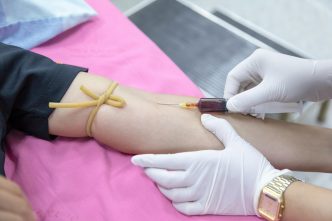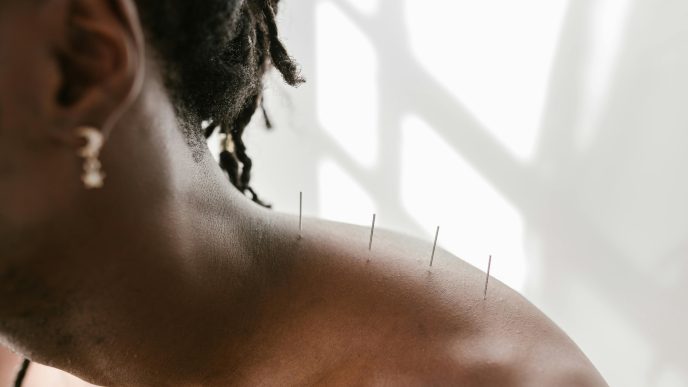If you’ve just been diagnosed (or your doctor suspects PMR), the plan usually starts simple: calm the inflammation quickly, then taper medicines slowly and safely. This page gives you the big picture — what treatments exist, when they’re used, and what to expect — so you can skim now and dive into detailed guides later.
Goals:
- Calm inflammation and relieve pain/stiffness.
- Taper medicines safely with minimal relapses.
- Prevent side effects (bones, blood sugar, blood pressure, infection).
First-line treatment: glucocorticoids (prednisone/prednisolone)
For most people with classic PMR, treatment starts with a single morning dose of prednisone/prednisolone at a low–moderate dose, then a slow taper over months. Most patients feel clearly better within days to a couple of weeks once the dose is right. Taper speed is individualized and guided by your symptoms and ESR/CRP.
Why steroids? They quickly quiet the immune signals that drive PMR inflammation (notably IL-6 pathways), which is why the response is often fast. Guidelines emphasize using the lowest effective dose and tapering carefully.
If tapering is hard or side effects build up: steroid-sparing medicines
If you keep flaring during the taper or you’re running into steroid problems, your doctor may add a steroid-sparing medicine.
- Methotrexate (MTX): The best-studied conventional option. It doesn’t replace steroids on day one, but it can help reduce total steroid exposure and relapses for some people.
- Biologics (IL-6 inhibitors):
- Sarilumab (Kevzara®) is FDA-approved for adults with PMR who can’t taper or respond poorly to steroids.
- Tocilizumab (another IL-6 blocker) isn’t FDA-approved for PMR, but randomized trials showed benefit in new-onset or steroid-dependent PMR; some clinicians use it off-label in select cases.
Safety (high level): IL-6 blockers can raise infection risk and can mask CRP (an inflammation blood test), so teams monitor symptoms/labs closely and update vaccines before/early in therapy. We’ll cover specifics on the dedicated drug pages.
Non-drug care (supports that make treatment work better)
- Keep moving: gentle daily mobility for shoulders/hips, short walks, gradual strength work.
- Bone protection: calcium, vitamin D, weight-bearing exercise; bone-density scan and bone-protective medicine when risk is high.
- General health: blood-pressure and glucose checks; eye care if on longer-term steroids; stay current with vaccines. We’ll detail these in their own guides.
What to expect during treatment (big-picture timeline)
- Early weeks: find the dose that relieves morning stiffness and restores function; markers (ESR/CRP) usually improve in 2–4 weeks.
- Months 2–12: slow taper; adjust if symptoms flicker.
- After 1–2 years: many people finish steroids; some need longer or a tiny maintenance dose. Plans are personalized and updated at each visit.
Handling relapses (flares)
If stiffness and pain return while tapering, the usual move is to step back to the last dose that kept you well, let symptoms settle, then resume a slower taper. If relapses are frequent (or side effects mount), talk with your clinician about methotrexate or an IL-6 inhibitor to reduce steroid exposure.
Special situation: if we suspect giant cell arteritis (GCA)
PMR and GCA are “sister” conditions. New headache, scalp tenderness, jaw pain with chewing, or any vision change requires same-day evaluation. Treatment for suspected GCA starts immediately with higher-dose steroids (and often tocilizumab) to protect vision; we’ll cover details on the GCA treatment page.













